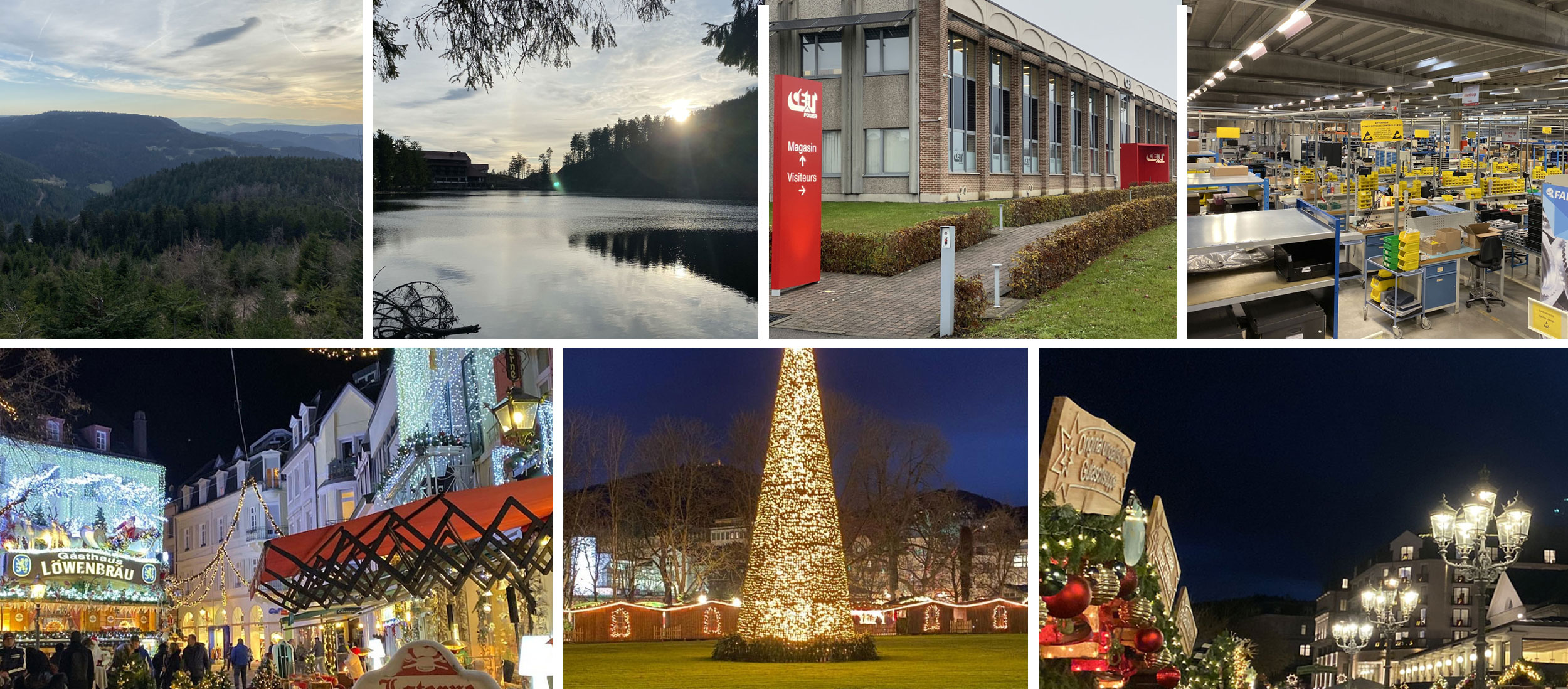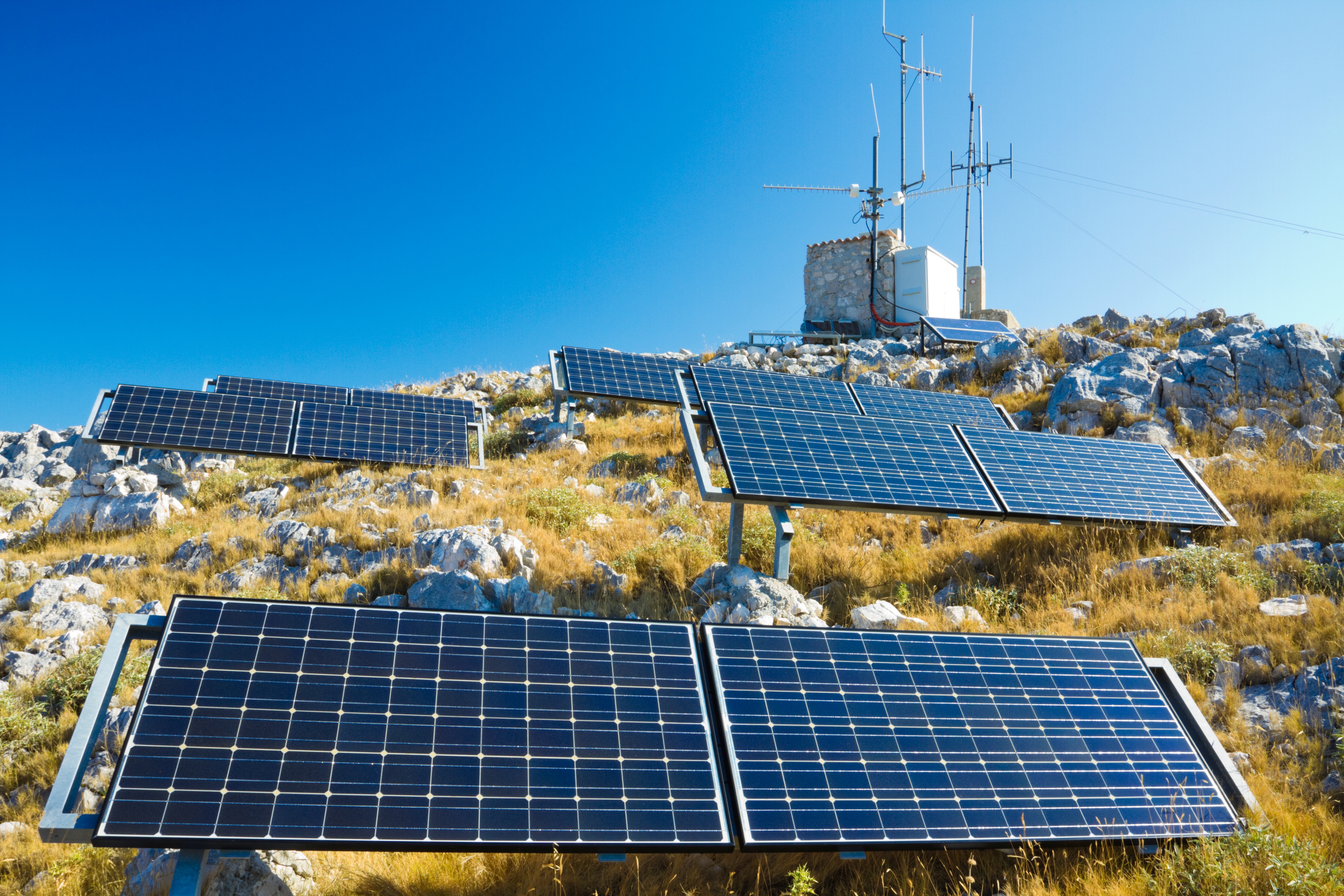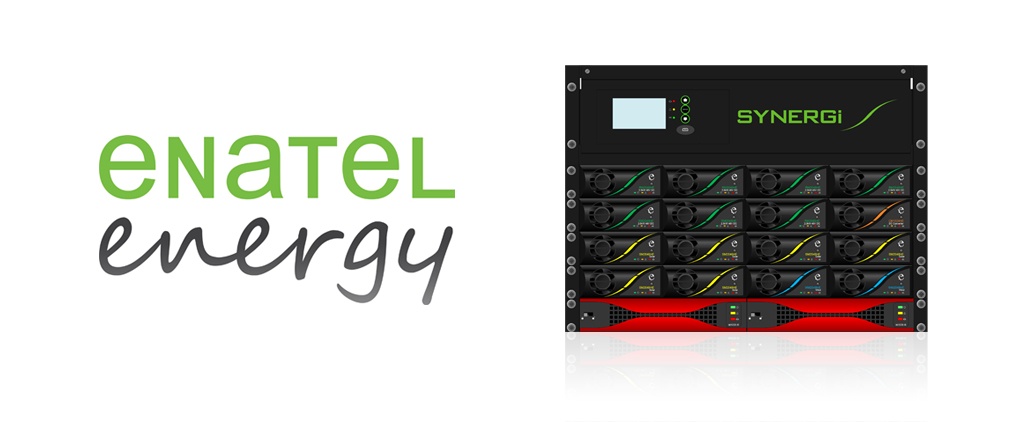Global investment continues to grow in rail infrastructure. In Australia, the government has committed $20 billion for investment in freight and passenger networks from the 2017/18 federal budget. The aim is to boost productivity and ease congestion.
But an investment in technology is arguably even more important, as the rail industry must supply a streamlined, intuitive experience if it wants to grow market share and lure passengers away from cars, buses, and planes.
Technology is beginning to impact the rail industry in a variety of ways. Forward-thinking companies are already implementing the latest technology like machine learning, artificial intelligence, and more. Here are a few ways that technology is changing the rail industry:
Apps
In 2017, approximately 197 billion apps were downloaded, compared to just 2.5 billion in 2009. Apps are now able to use both historical and real-time data to make decisions and predictions while delivering personalised experiences for users.
Some apps like Trainline even have virtual personal assistants allowing passengers to organise travel, book tickets, and get updates about delays or changes to schedules. These types of apps are also used once onboard, so both staff and passengers can get an accurate, real-time view of the journey.
Driverless Trains
While driverless cars have been continually in the news, many people are unaware that driverless trains have already been operating for a while. The M1 and M2 lines in Copenhagen and the DLR in the UK are already full automatic lines, and we can expect to see more driverless trains being introduced around the world.
Right now, these trains still have drivers who can take over in case of an emergency. But eventually people will have enough confidence in autonomous trains to completely remove the human element.
Drones
Drones are currently being used in many different industries, and this will continue to increase as they become more affordable. In the last few years, railways innovators have worked with drone technology experts to see how drones can be used to solve some of the key problems and challenges currently facing the industry.
Since drones capture high-quality video and images from height, they can be used for infrastructure monitoring. In fact, the images are so high-quality that they can detect small deteriorations in infrastructure.
Drones can help reduce the cost, time, and risk when it comes to accessing dangerous or difficult areas in the rail industry. They can also allow rail companies to remotely manage infrastructure.
The IoT
The Internet of Things is all about connecting almost anything that can be powered. The IoT allows rail companies to use sensors, big data analytics, machine learning, and cloud computing to analyse information from many different sources. This allows companies to better manage operations, drive efficiencies, reduce delays and downtime, and offer new services tailored to changing customer needs.
Cybersecurity
Over the past few years, almost all industries have suffered from high-profile hacks and cybercrime. The rail industry was no different, and in November 2016, the San Francisco Municipal Transportation Industry was attacked. Hackers demanded a $73,000 ransom, but the biggest hit was the loss of revenue which added up to $559,000 every day.
Cybersecurity is something that the rail industry will need to take seriously moving forward. Rail companies will need to ensure their systems are secure from hackers and cybercriminal.
Technology is changing the rail industry in many different ways, so don’t get left behind. Don’t be the last company using diesel when your competitors have all moved to hybrid solutions. Get in touch today to learn how we can help you make the switch.




